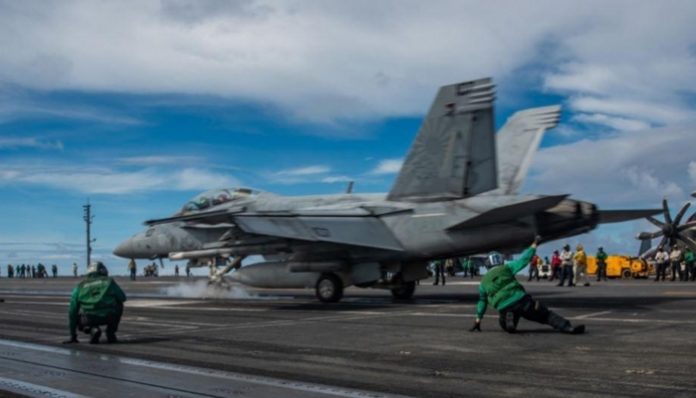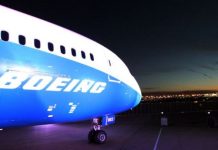
Oct. 21 (UPI) — Boeing has received a $30 million U.S. Navy contract will demonstrate advanced missile technologies for use on F/A-18 Super Hornet fighter planes, the company said.
Boeing and the Navy’s Air Warfare Center Weapons Division will develop the Supersonic Propulsion Enabled Advanced Ramjet, or SPEAR, flight demonstrator, with a first flight scheduled for 2022.
The contract comes after the Department of Defense sought information to help the Navy determine technical requirements of future carrier-based land and sea strike weapons systems, a Boeing statement on Tuesday said.
The statement cites the company’s “prior successes” in work on the experimental X-51A Waverider, a hypersonic weapon capable of traveling at five times the speed of sound, as well as the Triple Target Terminator program.
The T-3 was led by the Defense Advanced Research Projects Agency and explored use of very-long-range missiles launched from aircraft to combat hostile aircraft, cruise missiles and on-ground air defense shields.
Although no connection between supersonic and hypersonic missiles was announced, the Boeing statement indicates that the capabilities of the demonstrator will be included in future anti-ship and land-attack missiles carried by fighter planes.
Boeing-built Navy F/A-18E/F Super Hornets will likely have advanced features added during Block III upgrade programs. Weapon advancements from the SPEAR program could also be added to F-35 Joint Strike Fighter aircraft as well.





